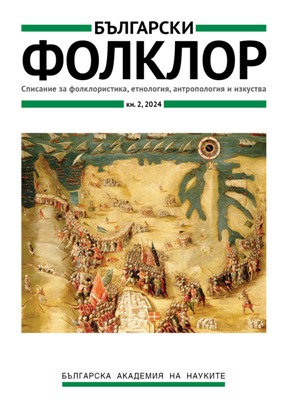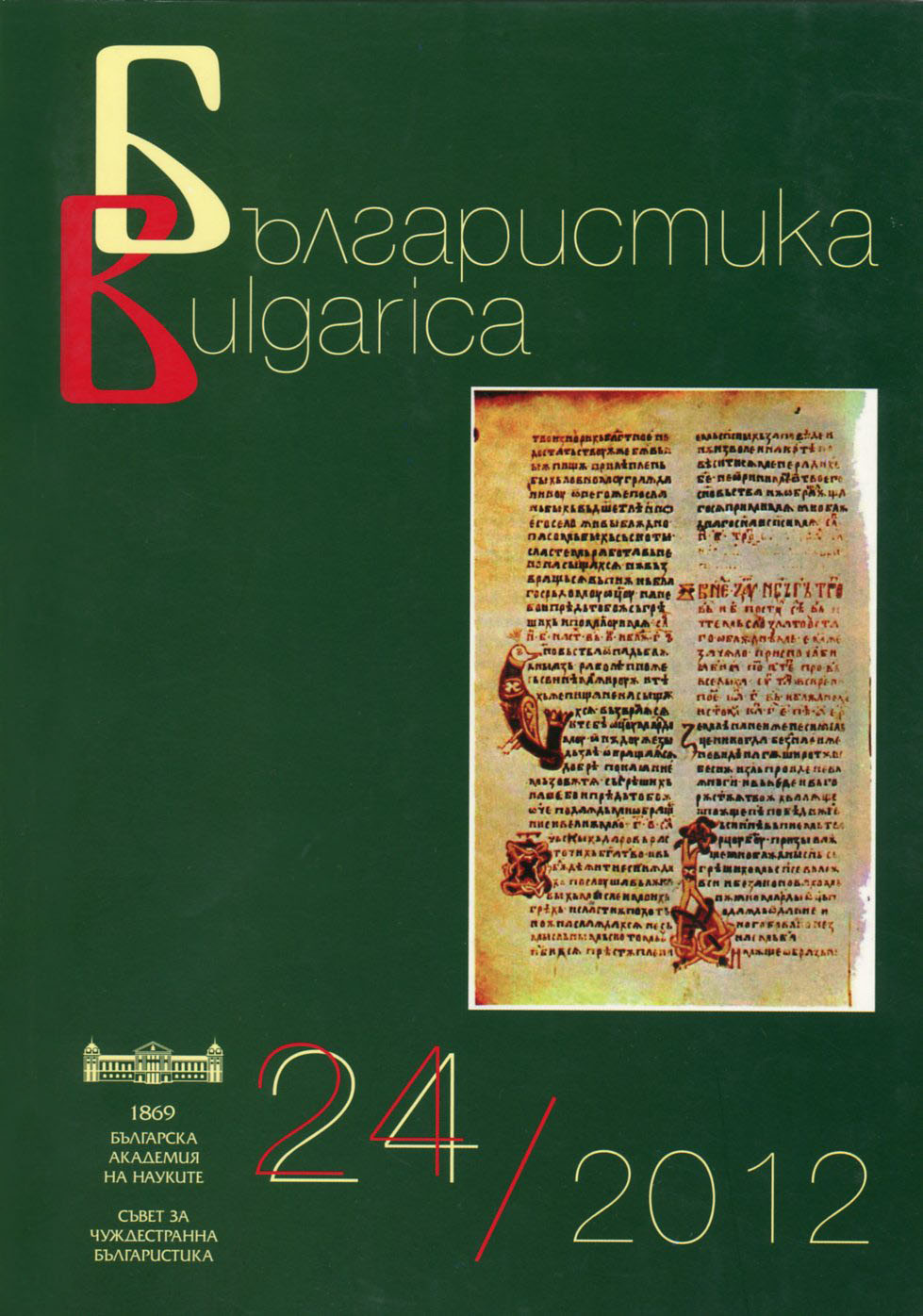
Книги 2011–2012 г.
Selected bibliography in the field of Bulgarian Studies published in the current year
More...We kindly inform you that, as long as the subject affiliation of our 300.000+ articles is in progress, you might get unsufficient or no results on your third level or second level search. In this case, please broaden your search criteria.

Selected bibliography in the field of Bulgarian Studies published in the current year
More...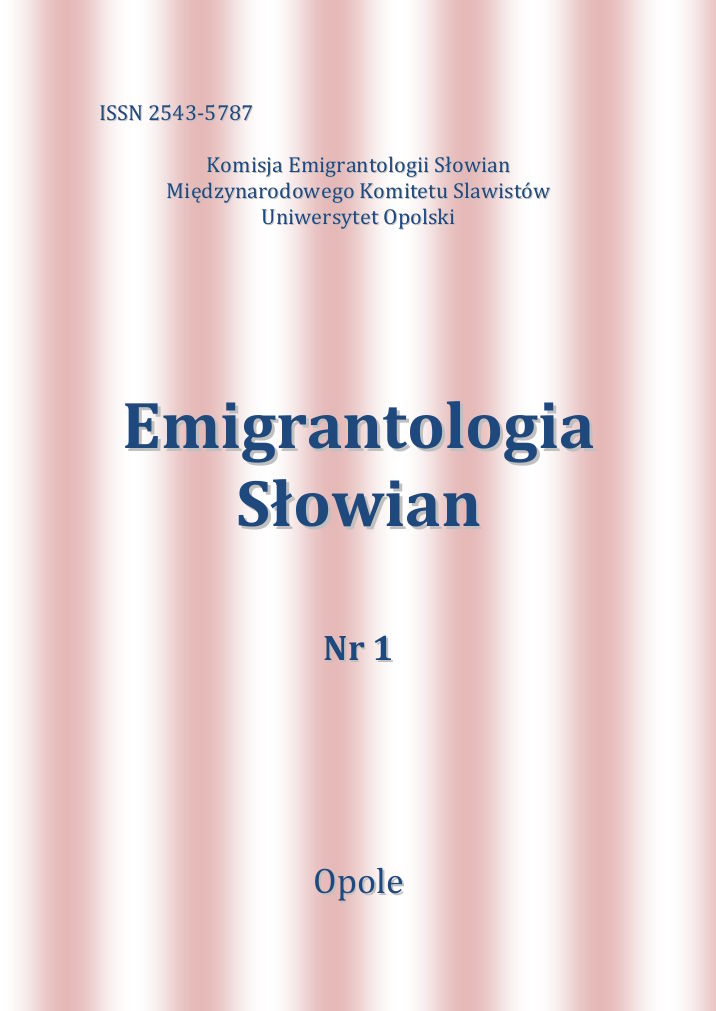

Conference report on an international scientific conference “Old Believers Abroad”, held in Toruń 19th-20th September 2016. The conference was devoted to various aspects of life of Old Believers’ communities outside Russia, as well as the problems of Old Believer emigration and general questions of Old Believerism.
More...
This article focuses on the doctrinal complex in the heritage of Saints Cyril and Methodius. The author establishes that this doctrinal complex is consistently designated in their heritage as “pravajavera” (right faith). The concept of “right faith” is shown in the article as a cognitive structure, which is expressed in different semiotic means – lexical, textual and in the symbols of the Glagolitic alphabet. This correlation is shown as an important semiotic argument of inextricable link between the Christianization of the Slavs and the emergence of Slavic book-writing. And it remains a creative spiritual potential of humanitarian education.
More...
This article questions the linguistic mediation through the analysis ofpractices related to virtual technology tools in the field of users with visual andhearing impairment taking into consideration their sensitivity and civil rights. Theissues of the inclusion of a person who does not speak the language of a conferenceas well as the inclusion of a deaf, hard of hearing, blind or partially sighted audienceare discussed on the basis of a methodology that articulates the comparativeapproaches by comparison and / or distinctions of audiovisual translation platforms(with emphasis on Discord) and interview with users and trainers in audiovisualtranslation and linguistic mediation. The results highlight that digital inclusion ispossible and effective depending on the devices suggested and tested, with usageprotocols in place that favour free access
More...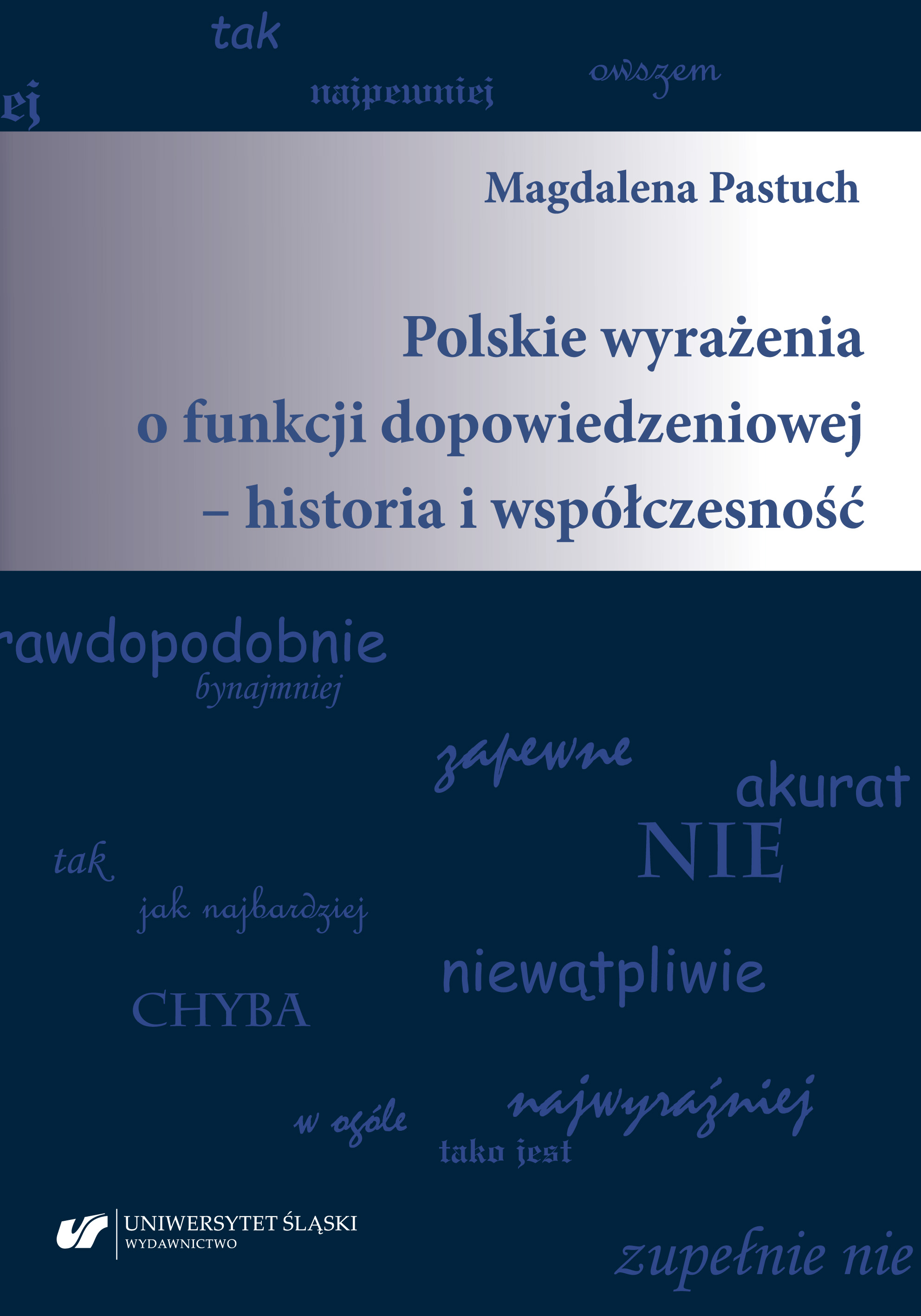
The monograph is devoted to the topic of language expressions which function in Polish as self-standing answers to decision questions. In terms of research material, the work does not restrict it to a single selected period, but rather obtains it from various epochs, since the paramount purpose of the presented research is to describe the dynamics of language development, and therefore assigning particular language facts to corresponding historical periods is here of a lesser significance. What is the most important here is searching for certain patterns along with historical justifications facilitating a functional shift in uttering of a given expression (e.g. naturalnie (adverb) > naturalnie (particle) > naturalnie (self-standing answer to a decision question)). The purpose of the presented investigations is eliciting expressions which appear in the function of self-standing answers to decision questions, defining their relation with homonymous forms occurring in other functions, and identifying the historical sources of their contemporary semantic values. Moreover, the attempts are made to indicate mechanisms of creating new expressions with a polar answer function.The work’s structure is entirely derivative of the semantic criterion, therefore, the language units/expressions which are subsequently discussed include: units/expressions which answer decision questions, express disagreement or lack of consent, or negate the content expressed by preceding decision question (Chapter III); then there are discussed units/expressions which stand as autonomous expressions of agreement/consent or an affirmative answer to a decision question (Chapter IV). The final research material-based chapter (V) describes the units which express various degree of the interlocutor’s unsureness in relation to a question asked. The semantics of the sequences under analysis is encapsulated by the following paralocutions [phrases expressing analogous content]: ‘yes, I agree with what my interlocutor has said’ / ‘yes, I confirm what my interlocutor has said’ or ‘no, I do not agree / no, I do not confirm’; in the case of units expressing unsureness, the generalised meaning is the following: ‘the unsureness (of a judgement) in relation to the question asked by another participant of a dialogue (the previous speaker)’. The research material-based chapters have been designed according to similar pattern, so that a reader can compare both historical and lexicographic knowledge related to the topic of expressions selected for description with the conducted interpretations.I approach the development of a new function as a kind of functional derivation. The material gathered testifies to the fact that in many cases a polar answer function is created based on a particle which, in turn, is derived from a homonymous adverb (e.g. oczywiście, absolutnie). The transitions of the said kind are sometimes accompanied by mechanism visible in surface structure, that is, ellipsis and composition. The former is among others represented by być może > może, as illustrated by the following examples:Miałby pan kłopoty, prawda? Być może. Kloss nie tracił spokoju.Co, miałaś wizje religijne? – Może.While an example of composition as a mechanism resulting in expressions with a polar answer function are contemporary colloquial answers to decision questions, for instance:Czy jak się spotykasz z przyjaciółmi, to oferujesz im granie na konsoli? No raczej.Gorzałka. Chcesz? No chyba.The point of departure for the provided descriptions of answers to decision questions is always semantics, yet complemented with pragmatic information in accordance with the cumulative pragmatic theory. The foregoing assumption mainly necessitates referring to the semantic values of particles which have become a basis of a polar answer function’s development. Epistemic particles are naturally predisposed to this aim, since they comment upon epistemic acts, that is, operate within the realm of knowledge. In the case of answer to decision questions, so a answer that occurs in a dialogue, it is necessary to specify that such a commentary, which conveys the sender’s information regarding the level of sureness, in fact refers to a question from the dialogue. This very reservation bars some of the epistemic particles from becoming polar answers. Since an interrogative sentence is neither a sentence in the understanding of logic, nor is it a judgement, answers to decision questions may, therefore, originate from both the particles implying that a given state of affairs is actual (e.g. na pewno) and from the particles devoid of the mentioned feature (e.g. chyba). However, particles implying factuality of a given judgement may not be, for the reasons already stated, basis for polar answers (e.g. faktycznie). Also units which, from today’s point of view, qualify as instances of meta-textual commentary, constitute bases for their usage as polar answers (e.g. ba).
More...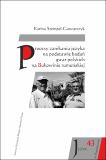
This monograph aims to describe and analyse mechanisms behind the disappearance of dialects in Polish communities in so-called South Bukovina (the Romanian part of the historical area called Bukovina), as well as to assess the sources of and reasons for these processes, pointing out the similarities and differences observed in the researched villages where the Poles settled in the 18th and 19th centuries. The subject of the research are three out of four dialects identified by Stanisław Gogolewski and Elena Deboveanu: the dialects of the villages of Bulai, Ruda and Cacica. The presented work complements the latest research on Polish dialects in Carpathian Bukovina. The sociolinguistic description of the situation in the researched villages together with the identification of similarities and differences between Bulai, Ruda and Cacica corresponds with contemporary linguistic studies on language disappearance and so-called language death.
More...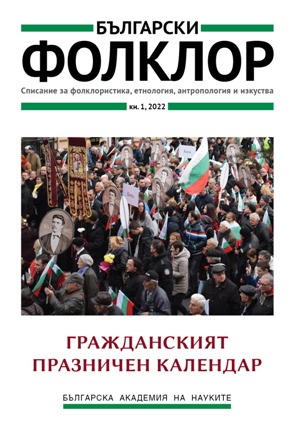
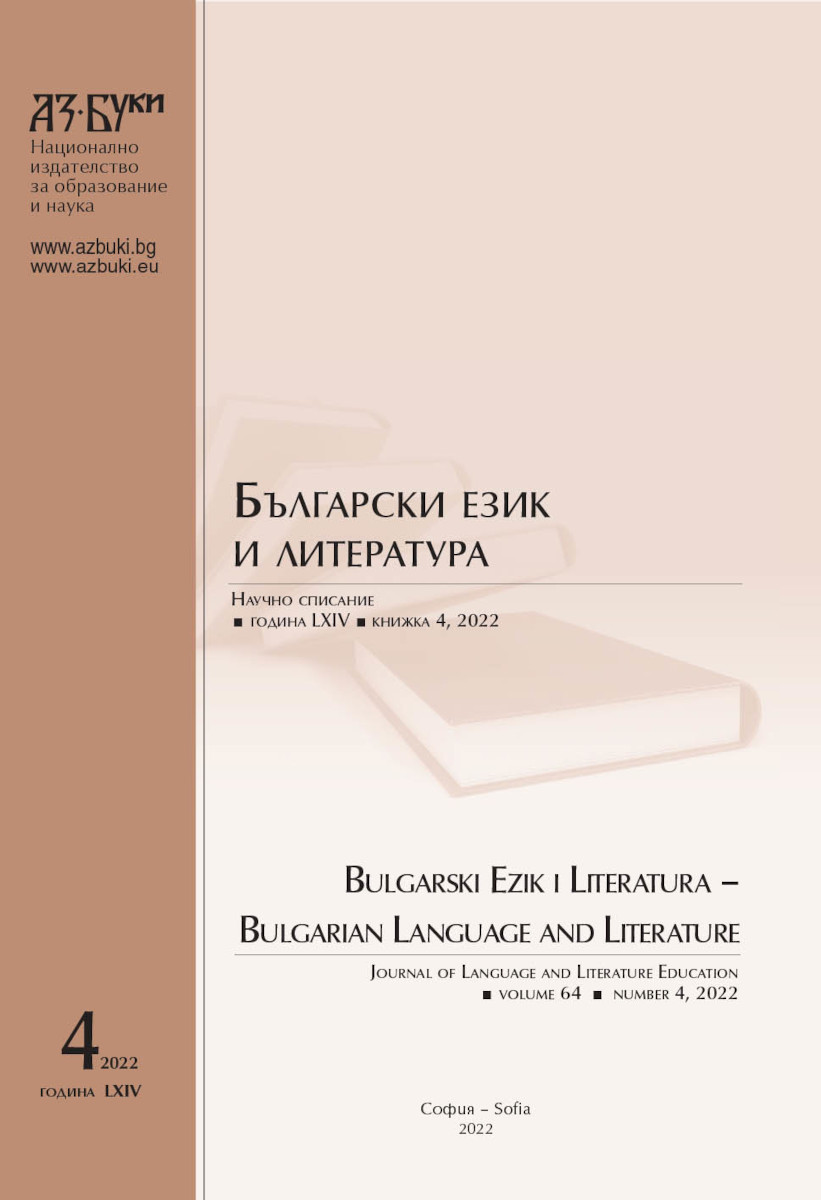
The article is devoted to the work of the Bulgarian writer of the XXth century, Angel Karaliychev. In the second half of the XXth century, his most famous fairy tales and stories for children were translated into Russian, including the collection “Bulgarian Folk Talesˮ in two volumes. In the Soviet Union, Karaliychev's fairy tales were included in collections of fairy tales of Slavic peoples and represented Bulgarian folklore in collections of fairy tales of the peoplesof the world published in Russian. Despite the fact that the last book edition of Karaliychev's fairy tales in Russian appeared in the 1980s, his works continue their life in the new century in electronic format, on the Internet. Karaliychev's fairytales, addressed to children 4 – 10 years old, tell about eternal values in a language understandable for children, they also introduce to children and adults the realities of Bulgarian life, the heroes of Bulgarian folk tales, expanding the horizons of the Russian reader.
More...
The article examines the breakdown of Roman Jakobson on the autonomy of linguistics and its relations with the other human sciences. Yakobson picks up and develops Sapir’s idea that the modern linguist cannot confine himself to his traditional field. He interprets autonomy and integration as two mutualy complementary concepts.
More...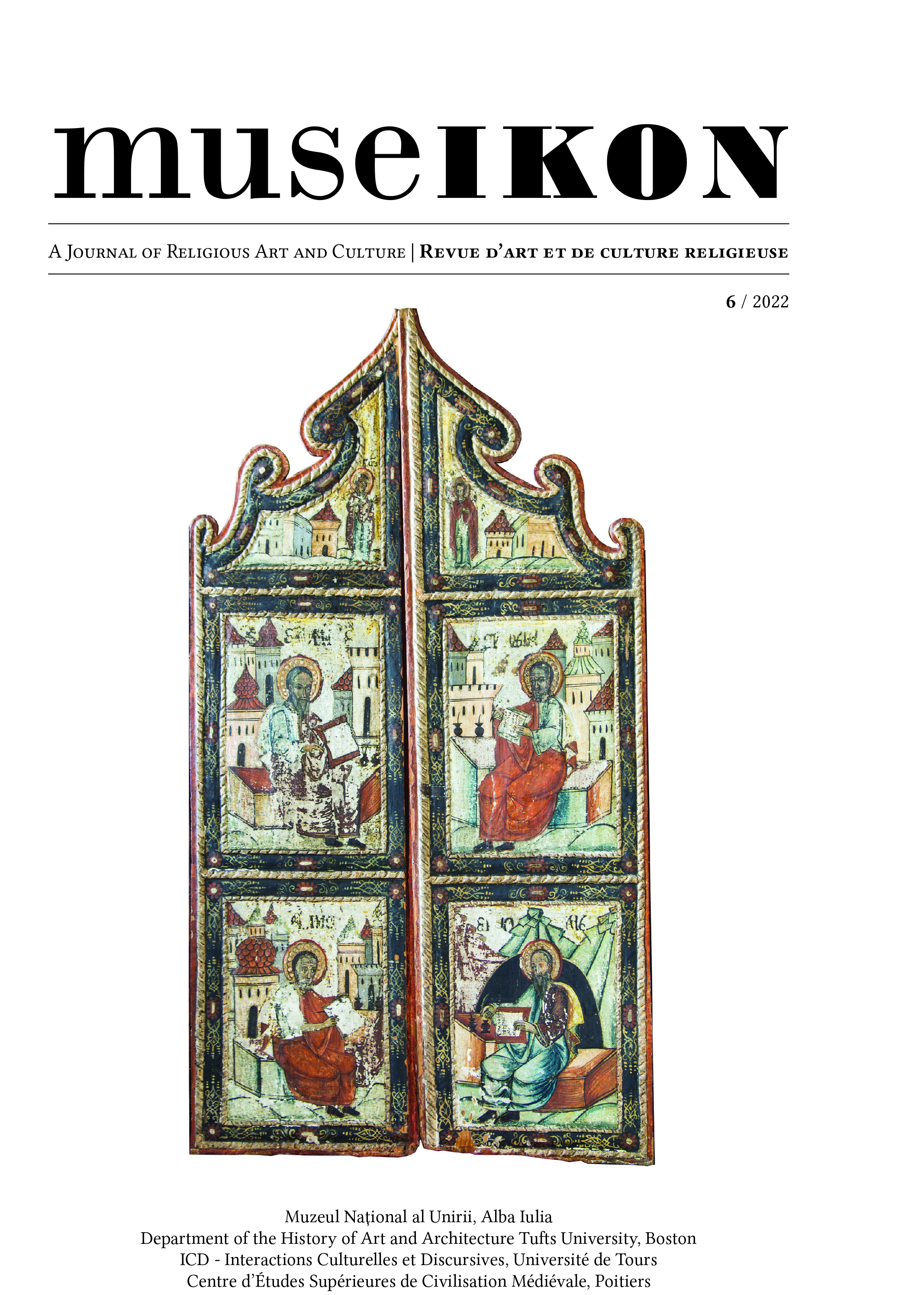
The Library of the Orthodox Metropolitan See of Moldavia and Bucovina in Iaşi preserves over a thousand copies of old Greek books. There are only ten manuscripts in this collection, one of which was com-missioned by Constantin Brâncoveanu, Prince of Wallachia. The collection consists mainly of Greek prints of various origins, some of which can be traced back to the library of the Princely Academy of Iași, succeeded by the Mihăileană Academy. Other volumes originate in the library of the Theological Seminary of Socola, founded by Veniamin Costachi Metropolitan of Moldavia, who donated his personal library to the Iași foundation. Sev-eral references come from the private collections of high hierarchs, while some books were collected from various Moldavian monasteries, especially from those who used to be metochia of the Greek Patriarchates and the great monasteries under their jurisdiction. This article evaluates the importance of the prints according to their dating, place of publication, owners, and contents (generally didactic books, but also polemical books of a religious nature). It also seeks to reconstruct the historical context of their circulation in Moldavia and the circumstances in which they came into the possession of the Metropolitan See of Moldavia and Bucovina. The analysis provided takes into account prosopographical investigations, the history of the Moldavian educational institutions, and the examination of the notes (mostly in Greek) on the prints.
More...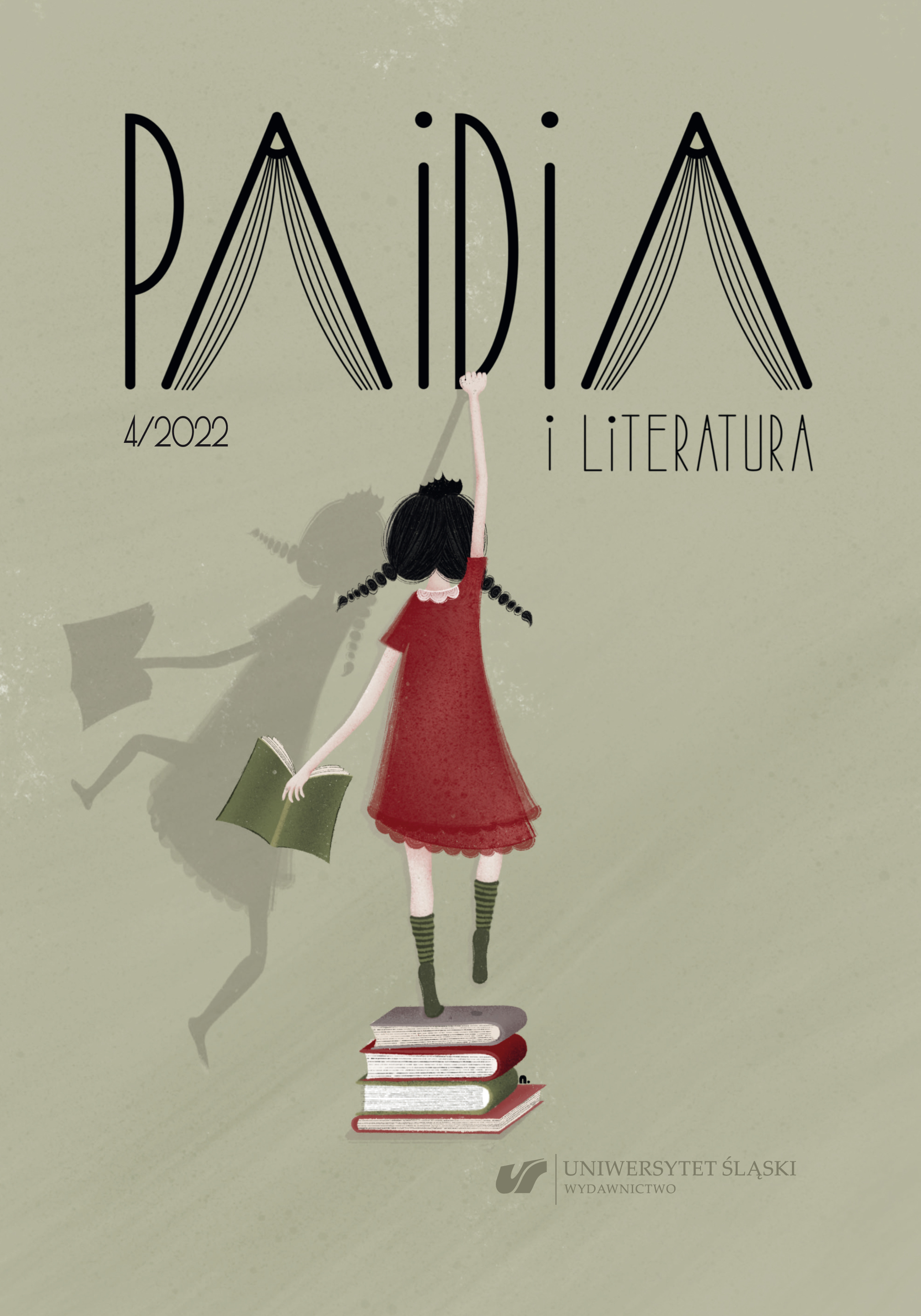
The main purpose of Helena Barbara Balcerek’s article is to present an original project aimed at the amplification of both the language potential (communication competences) and the literary-cultural potential of sixth-grade primary-school students. The project’s method consists in problem-based learning which integrates literary-cultural content-oriented teaching and language education (including rhetoric) with educational and prosocial processes. Reflections yielded by an in-depth analysis and interpretation of texts used in the project as well as discussions concerning the problem of human values and needs lead, as it turned out during the project’s execution, to ecological issues and climate challenges facing the contemporary world. A large group of students have come up with practical ideas as to the use of available resources as means to resolve the climate crisis and to undertake pro-ecological actions.
More...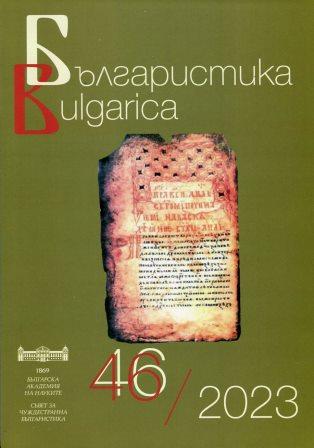
Data about scientific events in the field of the humanities in Bulgaria in the first half of 2023.
More...

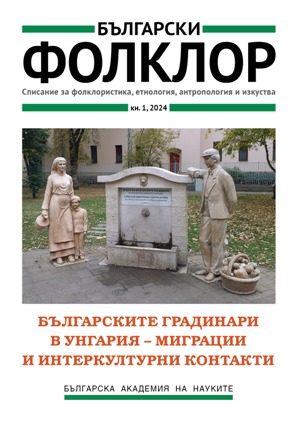
Materials about Bulgarian Gardeners in Central Europe
More...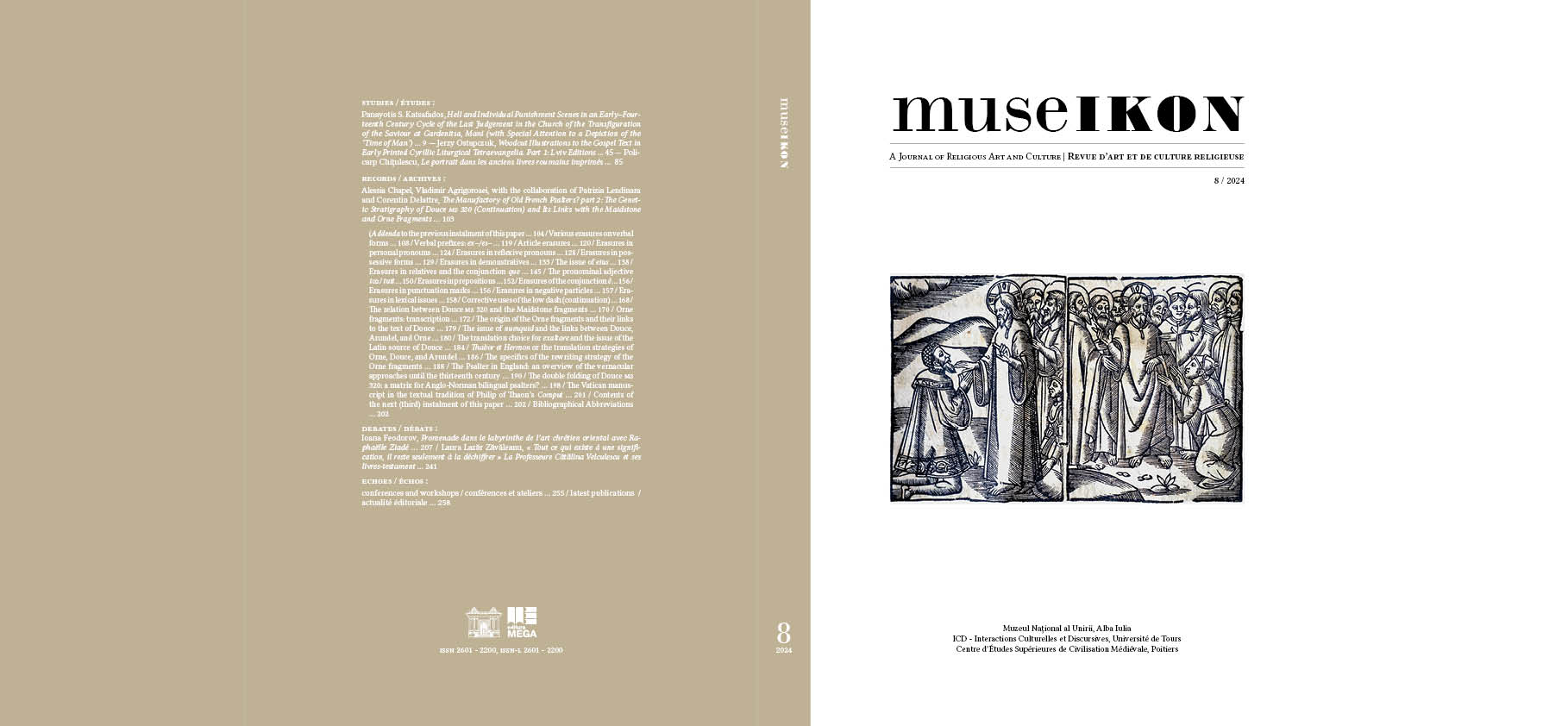
Le présent article se concentre sur les cycles d'images narratives de l'Évangile, présents dans les premiers Tétraévangiles liturgiques imprimés en cyrillique et publiés à Lviv. Les sept éditions des Évangiles publiées par l'imprimerie de la Confrérie de Lviv, ainsi que celle publiée par Mykhailo Slozka, comportent de nombreuses illustrations narratives placées en lien direct avec les versets qui décrivent les scènes représentées. Une étude approfondie de ces cycles évangéliques d'images narratives, ainsi que les changements que les illustrations ont subis dans chaque édition, nous permettent de classer les modèles de représentation en trois groupes, et de diviser les huit Tétraévangiles de Lviv en deux groupes. Deux annexes présentent toutes les images narratives gravées sur bois dans les éditions des Évangiles de Lviv. Le premier appendice contient des représentations d'événements évangéliques dans les Tétraévangiles de Lviv, tandis que le deuxième appendice présente les illustrations narratives de l'édition de Mykhailo Slozka.
More...
Le présent article s’inscrit dans la continuité de celui qui a été publié en 2023 dans la même revue (The Manufactory of Old French Psalters: Part 1…). Ce deuxième volet comprend d’abord une section de addenda qui complètent certaines parties du précèdent article. S’ajoutent ensuite les érasures dans diverses formes verbales, suivies par un recensement des corrections liées aux préfixes ex– et es–. D’autres séries d’érasures concernent différentes parties du discours: articles définis; pronoms personnels; pronoms réflexifs; formes possessives; démonstratifs; avec une étude de cas sur les choix de traduction du génitif eius, dont plusieurs documentent l’existence d’un antigraphe. Il s’agit souvent d’une hésitation entre les formes faibles et fortes. Des sections com-plémentaires sont consacrées aux érasures des pronoms relatifs et de la conjonction que; à l’adjectif pronominal toz / tuit; aux prépositions; à la conjonction é; aux signes de ponctuation; et aux particules négatives. L’ana-lyse des érasures du manuscrit d’Oxford, Bibliothèque bodléienne, Douce 320 se termine par un examen détaillé des corrections liées à différents phénomènes lexicaux. L’article porte ensuite sur les rapports entre le manuscrit Douce et les fragments de Maidstone, dont la transcription a été publiée dans le premier volet. Suivent une transcrip-tion des fragments de l’Orne (Paris, Archives Nationales, dossier AB xix 1734) et une étude sur l’origine de ces derniers et sur leurs liens avec le texte de Douce. Les choix de traduction pour le latin numquid documentent les liens entre Douce, Arundel (Londres, Bibliothèque britannique, Arundel 230) et Orne. Les choix de traduction du latin exaltare permettent en partie de restituer le texte latin de la source de Douce. Les différentes stratégies de traduction d’Orne, de Douce et d’Arundel semblent être des réécritures d’antigraphes similaires. Toutes ces ana-lyses montrent que Douce, Arundel, Orne et Maidstone proviennent de deux ou plusieurs gloses vernaculaires apparentées. L’article propose ensuite une perspective globale sur les approches vernaculaires de la traduction des psaumes en Angleterre jusqu’au xiiie siècle, qui documente l’interaction des langues vernaculaires anglaises et françaises avec les textes (et l’exégèse) latins. Il se termine par une discussion (appuyée sur deux exemples du xiie siècle) concernant le double pliage du Douce, lié sans doute à sa circulation et à son emploi dans la réalisation des psautiers bilingues à deux colonnes. Le troisième volet du présent article est prévu pour 2025. Il comprendra la transcription du texte de Douce (avec l’accentuation originale et l’emplacement des érasures), ainsi que plusieurs études complémentaires.
More...
